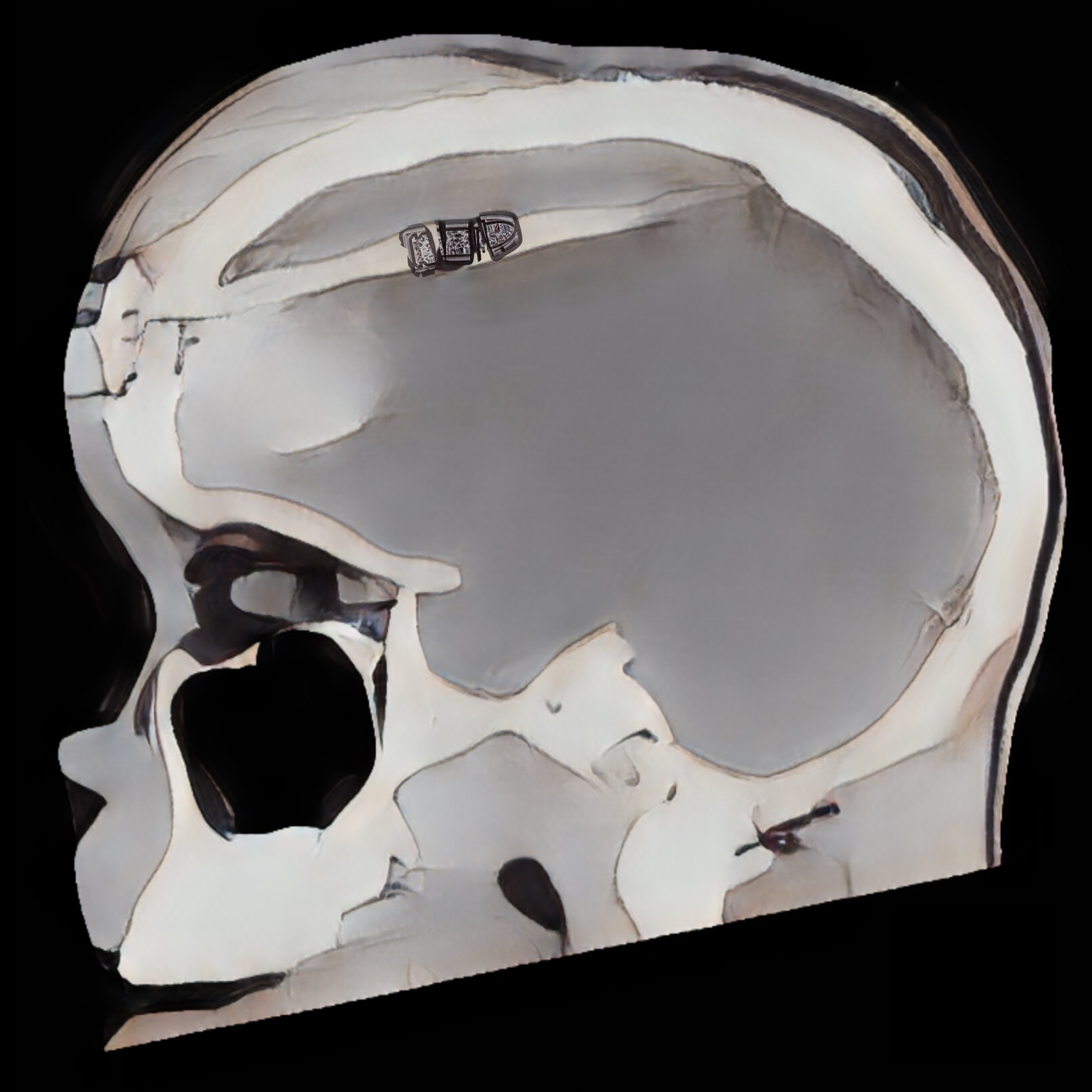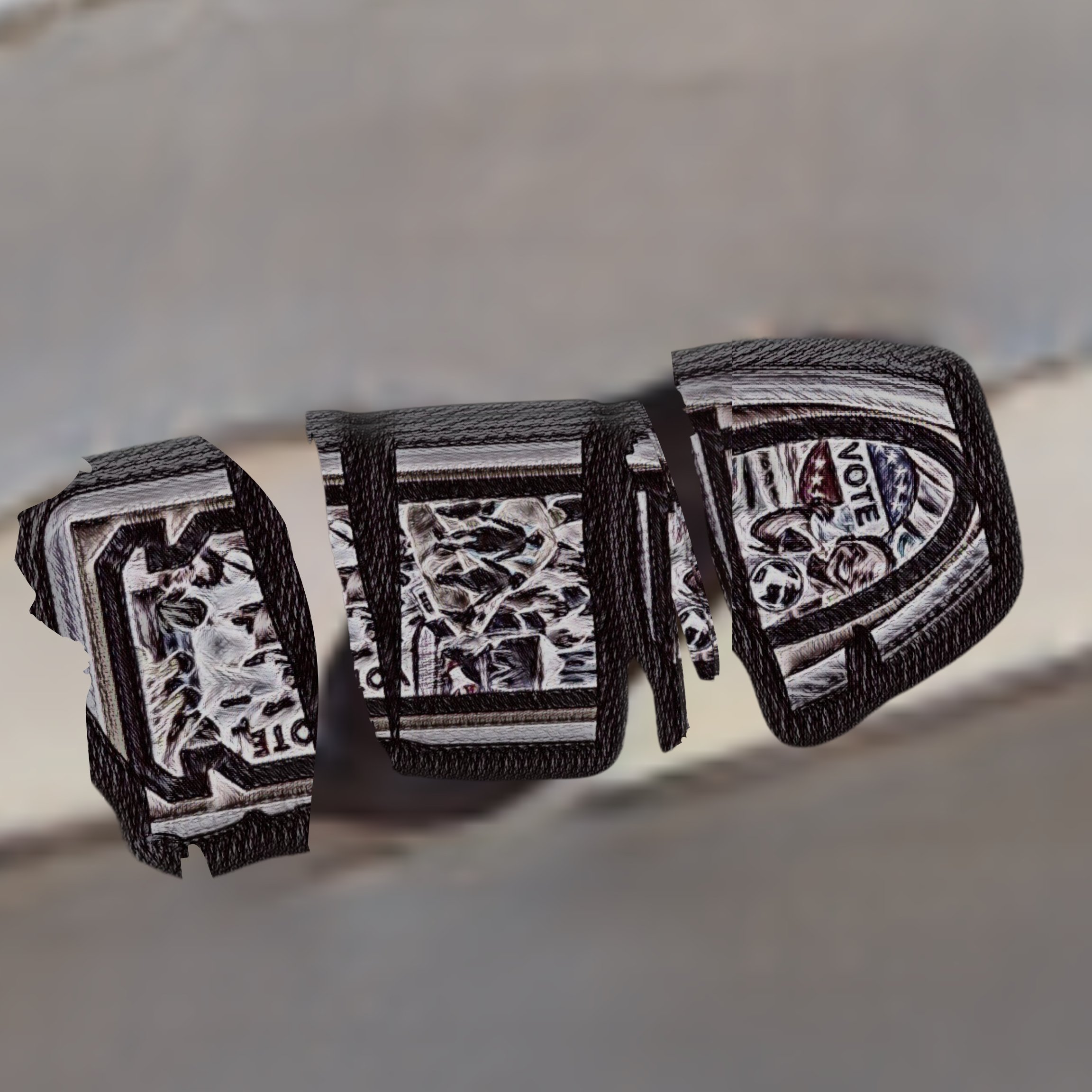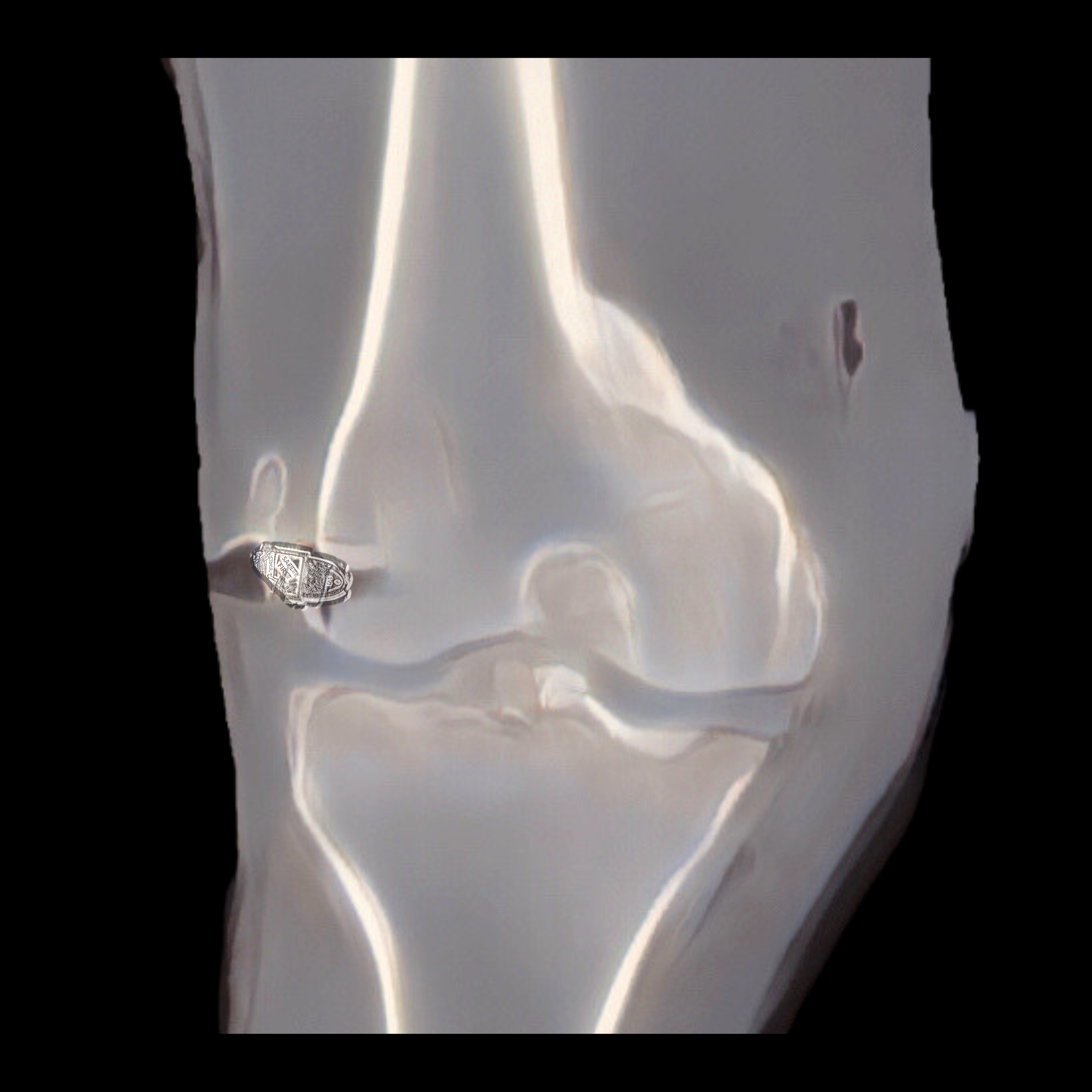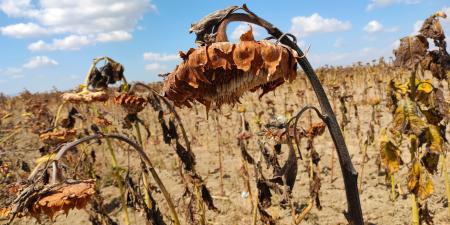Abstract
This collection of images considers complex ethical, public health, and sociopolitical dimensions of firearm injuries. Since many firearm bullets contain lead, visual parallels are drawn between clinical and public health approaches to managing lead poisoning and efforts to reduce gun violence. Like lead toxicity from paint or water, gun violence and toxicity from retained ballistic fragments can adversely influence health and should be a source of concern to clinicians.
Lead Toxicity
Lead poisoning has long been a threat to health. Water crises like those in Flint, Michigan, remind us that lead toxicity threatens 21st-century United States residents, particularly those of lower socioeconomic status.1,2 In addition to its multisystem contributions to cardiovascular, reproductive, and gastrointestinal disease, lead is a potent neurotoxin and contributor to neurodevelopmental inequity during a person’s childhood and entire life span.3
Lead exposure commonly occurs through one’s work, drinking water, soil, or paint. Public health efforts, such as clinical screening and policy changes, continue to attempt to mitigate these exposures. New legislation, for example, has catalyzed phasing out lead contamination from paint and promoted replacement of lead pipes with installation of lead-free civic plumbing and water supply infrastructure.4 The increasing prevalence of firearm violence demands health policy to mitigate additional sources of lead toxicity: nonlethal bullet penetration can increase lead exposure risk because ammunition can contain lead.5,6 Fractures, recent trauma, bullet fragment retention (especially in body fluid compartments, such as intra-articular spaces), and increased metabolism at a time of injury might exacerbate a gunshot wound victim’s risk for lead toxicity.7
Figure 1. Intentionally Retained

Media
Canva design software iterated through Media.io and LunaPic.
Caption
The digitally created sagittal head computer tomography scan shows bullet fragment retention in the brain matter of an injured patient.
Figure 2. Intentionally Fragmented

Media
Canva design software iterated through Media.io and LunaPic.
Caption
Zooming in on ammunition fragments retained in a patient’s brain depicts a collage of social, cultural, and political features of gun violence.
Figure 3. Accidentally Retained

Media
Canva design software iterated through Media.io and LunaPic.
Caption
This digitally created knee computer tomography scan shows bullet fragment retention in the knee of an injured patient.
Figure 4. Accidentally Fragmented

Media
Canva design software iterated through Media.io and LunaPic.
Caption
Zooming in on ammunition fragments retained in a patient’s knee depicts a collage of questions about the adequacy and implications of the individual right to self-defense as an interpretation of “the right of the people to keep and bear Arms” clause of the Second Amendment to the United States Constitution.
References
- Karp RJ. Redlining and lead poisoning: causes and consequences. J Health Care Poor Underserved. 2023;34(1):431-446.
- Neuwirth LS. Resurgent lead poisoning and renewed public attention towards environmental social justice issues: a review of current efforts and call to revitalize primary and secondary lead poisoning prevention for pregnant women, lactating mothers, and children within the US. Int J Occup Environ Health. 2018;24(3-4):86-100.
- Wani AL, Ara A, Usmani JA. Lead toxicity: a review. Interdiscip Toxicol. 2015;8(2):55-64.
-
Fact sheet: the Biden-Harris lead pipe and paint action plan. News release. The White House; December 16, 2021. Accessed September 22, 2023. https://www.whitehouse.gov/briefing-room/statements-releases/2021/12/16/fact-sheet-the-biden-harris-lead-pipe-and-paint-action-plan/
- Lyons JG. Epidemiology of ballistic fractures in the United States: a 20-year analysis of the Firearm Injury Surveillance Study. Injury. 2022;53(11):3663-3672.
-
Werbick M, Bari I, Paichadze N, Hyder AA. Firearm violence: a neglected “global health” issue. Global Health. 2021;17(1):120.
- Kershner EK, Tobarran N, Chambers A, Wills BK, Cumpston KL. Retained bullets and lead toxicity: a systematic review. Clin Toxicol (Phila). 2022;60(10):1176-1186.



